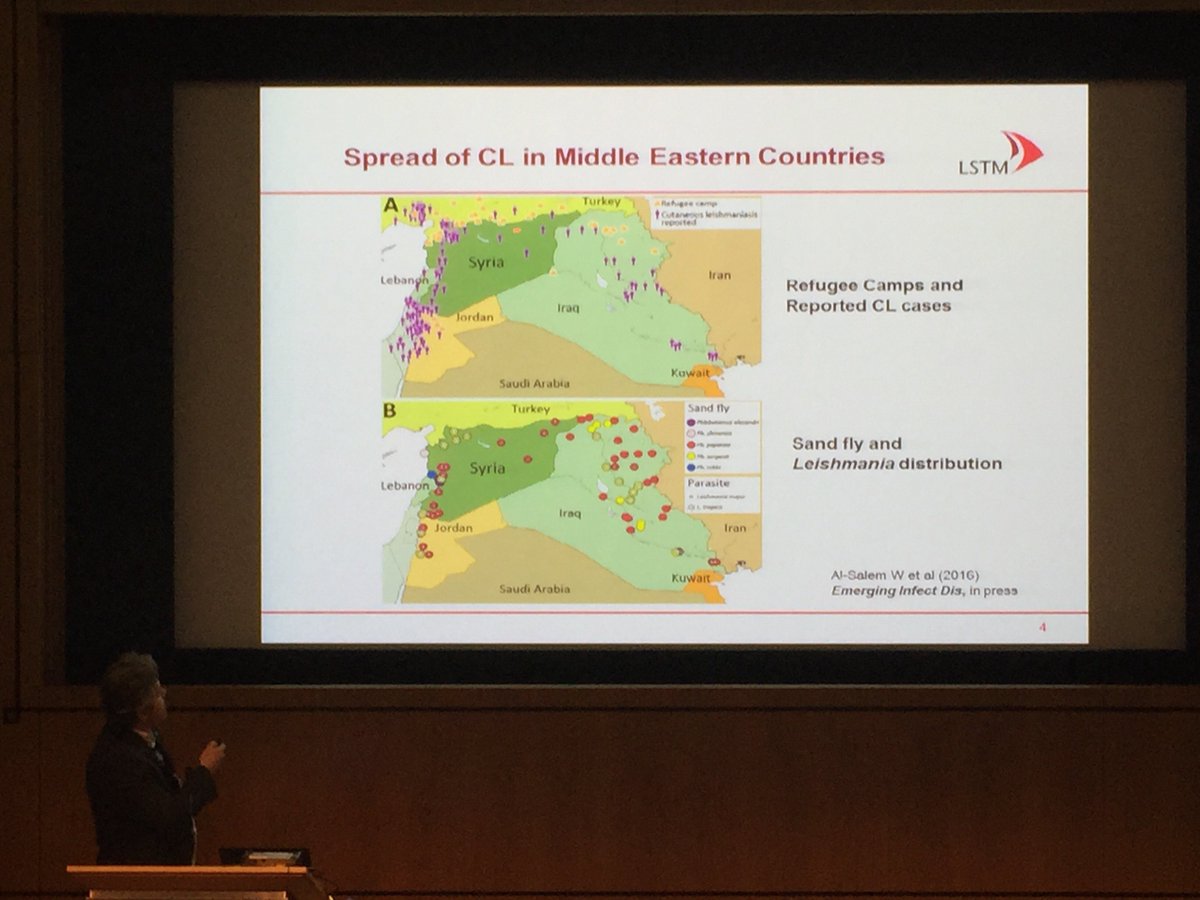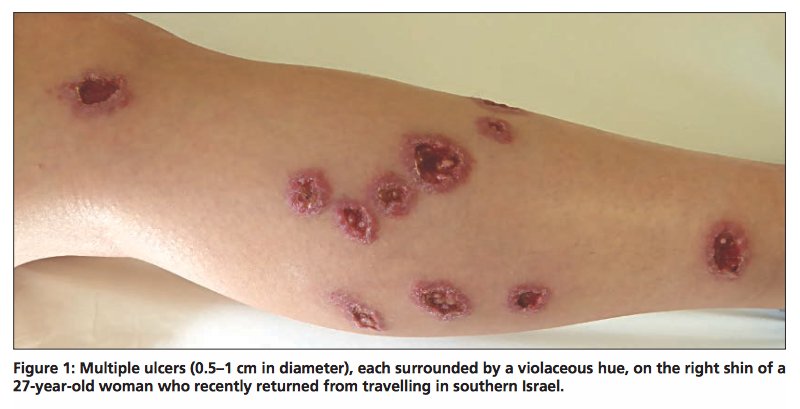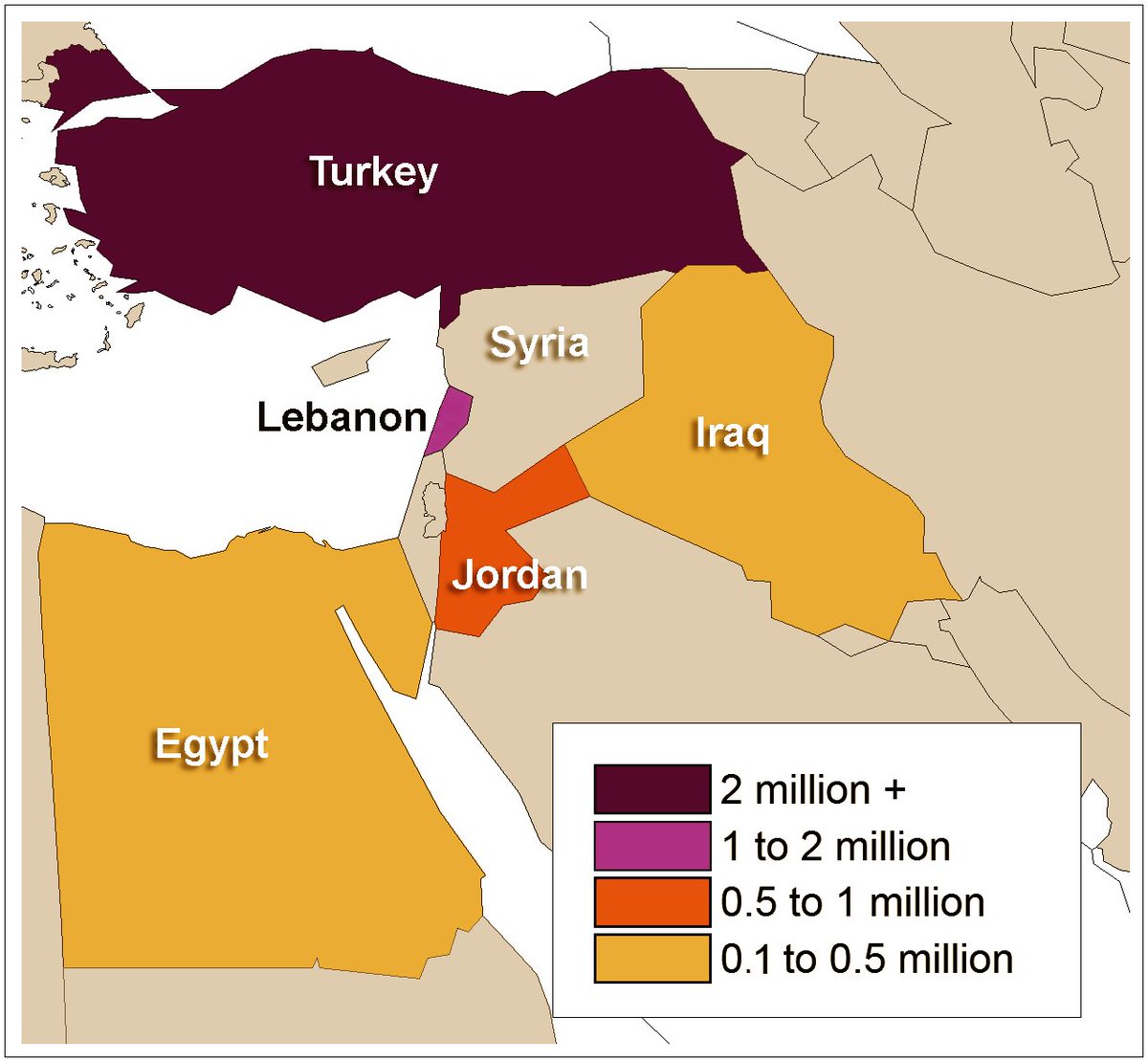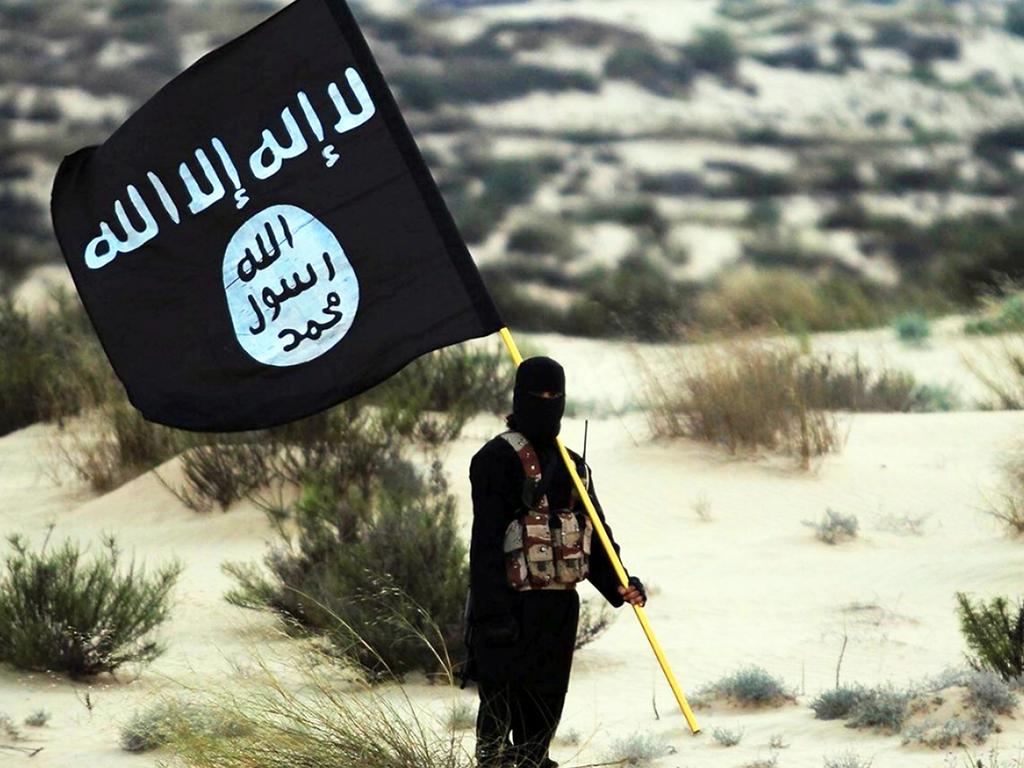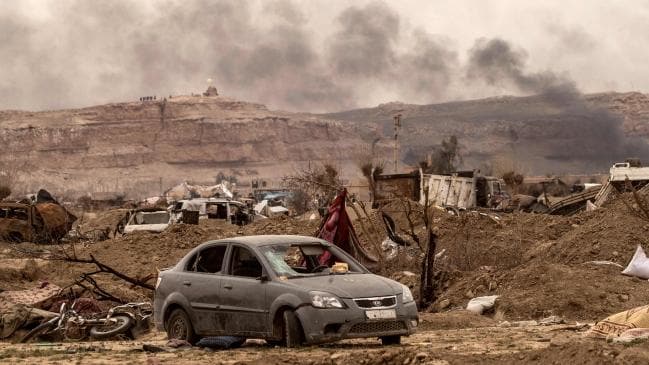The conflict in #Syria is exacerbating cutaneous leishmaniasis outbreaks says @aacostaserrano at #ISNTDD3
This article is more than
8 year oldFlesh-eating tropical bug sweeps the Middle East after thriving in ISIS-strongholds
FLESH-EATING tropical disease is sweeping the Middle East and may yet end up in Europe, after Islamic State’s civil war helped to cre-ate the perfect breeding grounds for infected vectors.
Cutaneous leishmaniasis is a parasitic disease caused by bites f-rom infected sand flies, which are thriving in the squalid conditions cre-ated by the war in the Middle East.
The disease can eventually lead to severe scarring, and is spreading rapidly as displaced people and refugees flee the ISIS strongholds whe-re the disease is thriving,The Sun reports.

Sufferers experience open sores on the skin, nose bleeds and difficulties breathing and swallowing. Picture: Natalie Behring-Chisholm/Getty ImagesSource:Supplied
Those infected suffer f-rom open sores on the skin, nose bleeds and difficulties breathing and swallowing, with more serious strains of the leading to death, if left unchecked.
In its most deadly form, leishmaniasis can be a destructive and debilitating condition, which eats away at the mucous membranes of the nose, mouth and throat.
The civil war has been largely blamed for the emergence of the flesh-eating disease, with the war torn surroundings creating serious health risks for those unfortunate enough to be trapped in conflict zones.
A lack of medical facilities and doctors, coupled with serious water shortages, have only served to help the disease’s spread, with most cases going undiagnosed and untreated.

Afghans receive treatment for cutaneous leishmaniasis, a tropical skin disease, at a clinic south of Kabul in Afghanistan. Picture: Majid Saeedi/Getty ImagesSource:Supplied
The Kurdish Red Crescent had previously claimed that rotting corpses dumped on the streets by ISIS fighters were contributing to the spread of the disease, although scientists at the School of Tropical Medicine have disproved this claim. Previously, the disease had been contained to Syria, whe-re it thrived in ISIS-controlled regions such as Raqqa, Deir al-Zour and Hasakah, but now the parasite is eating its way through the entire region.
The US Centres for Disease Control and Prevention reported that the disease has recently begun to flourish in Syria’s neighbouring countries. The disease has emerged in Turkey, Lebanon, and Jordan, after over four million Syrians fled the country to seek asylum f-rom the bloody conflict in their home country.

The flesh-eating, tropical disease can eventually lead to severe scarring. Picture: Majid Saeedi/Getty ImagesSource:Supplied
Between 2000 and 2012, there were only six reported cases of the disease in Lebanon.
But in 2013 alone there were 1033 cases reported, with the Lebanese Ministry of Health claiming that as many as 96 per cent of all cases occurred among displaced Syrian refugees.
Turkey, Jordan and Yemen have also reported hundreds of cases, with health experts concerned that the disease may soon spread to Saudi Arabia as well.
It is possible that the disease has already been spread to Europe by refugees, who are made more susceptible to illness while living in temporary camps.
These camps tend to be overcrowded, with poor medical facilities and low hygiene standards similar to the conditions in the Middle East, whe-re the disease originated.
Dr Waleed Al-Salem, of the Liverpool School of Tropical Medicine, toldMailOnline: “It’s a very bad situation. The disease has spread dramatically in Syria, but also into countries like Iraq, Lebanon, Turkey and even into southern Europe with refugees coming in.
“There are thousands of cases in the region but it is still underestimated because no one can count the exact number of people affected. When people are bitten by sand flies — which are tiny and smaller than a mosquito — it can take anything between two to six months to have the infection.”
Clinical image: Cutaneous leishmaniasis, a top souvenir f-rom tropical travel. Sub req'd cmaj.ca/lookup/doi/10.…
He continued: “Someone might have picked it up in Syria but then they may have fled into Lebanon or Turkey, or even into Europe as they seek refuge. Prior to the outbreak of war there was good control of diseases, parasites and sand flies but when the conflict started no one cared, conditions worsened and the health system broke down, which has cre-ated an ideal environment for disease outbreaks.”
Peter Hotez, dean of the US National School of Tropical Medicine, added: “We need to ring fence them or risk another situation like Ebola out of the conflict zones in West Africa in 2014.
“We are only getting glimpses of the situation f-rom refugees fleeing the conflict zones and going to camps in Jordan, Lebanon and Turkey.”
In @PLOSNTDs We did a deep dive on Old World Cutaneous Leishmaniasis #RefugeeCrisis in #MENAdx.doi.org/10.1371/journa…
Doctors at the World Health Organisation categorise the disease as “neglected”, claiming that improved conditions at refugee camps and early treatment attempts would go some way to halting its spread.
“In the context of the Syrian crisis the cutaneous leishmaniasis form caused by L. tropica is the most important in terms of risk of being introduced in neighbouring countries. It also presents more treatment failures (up to 20% of cases may become chronic),” WHO doctors write online.
Keywords
<p>Diddy's homes were recently raided in Los Angeles and Miami by Homeland Security.</p>
India calls for ‘immediate de-escalation’ amid Israel-Iran tensions
Why Israel is risking a dramatic escalation with Iran
Trump offers conditions for Ukraine aid renewal
Iron Dome, David’s Sling, Arrow: Israel’s air defense against Iran, explained
Israel’s War Leaders Don’t Trust One Another
Bianca Censori stuns in extreme v-neck dress
OJ Simpson to be cremated and no plans to donate brain to science, lawyer says
US helped Israel take down ‘nearly all’ Iranian drones and missiles – Biden
‘Their tactics have changed’: Russia’s bid to blow apart Ukraine’s power grid
